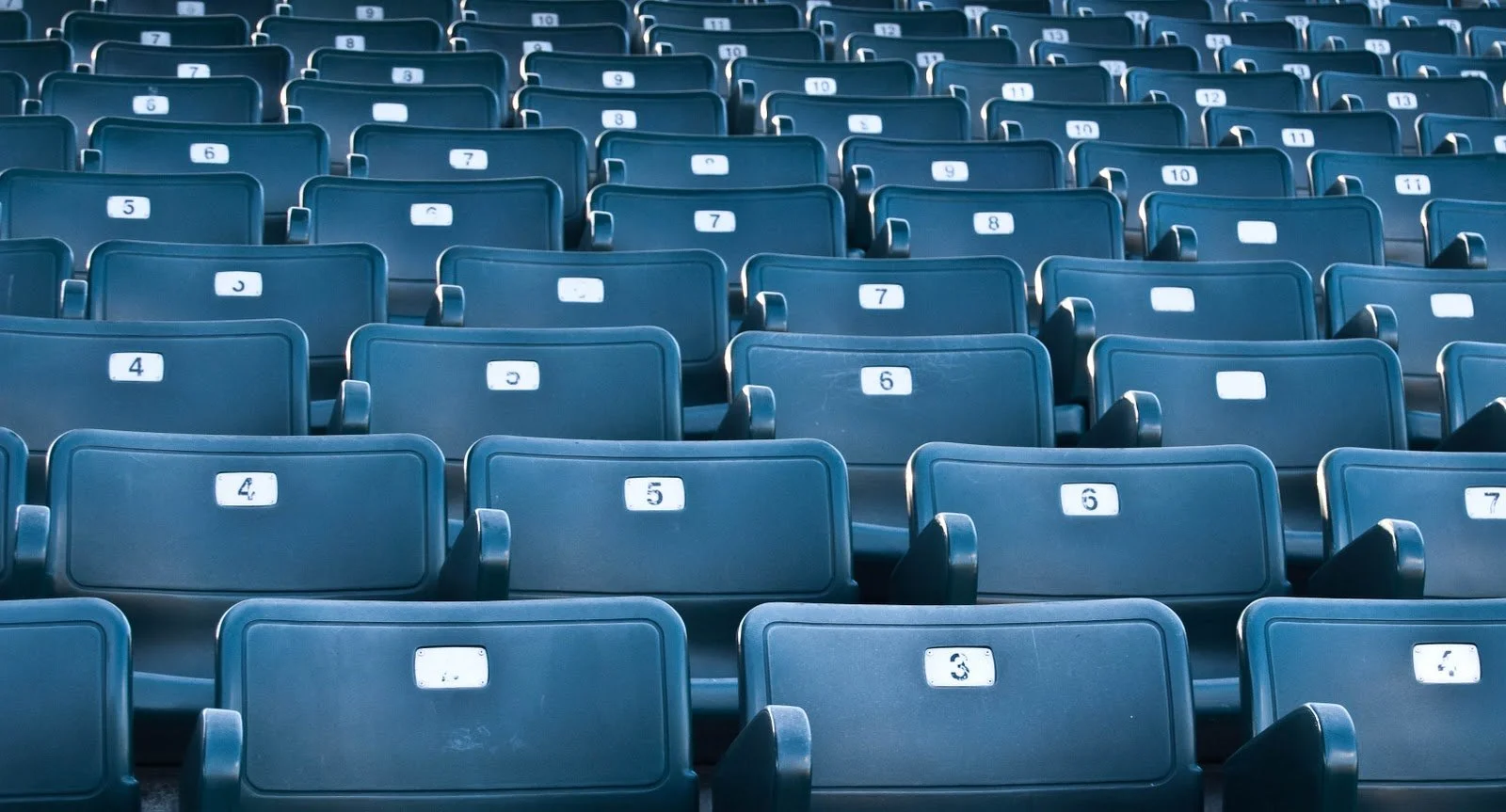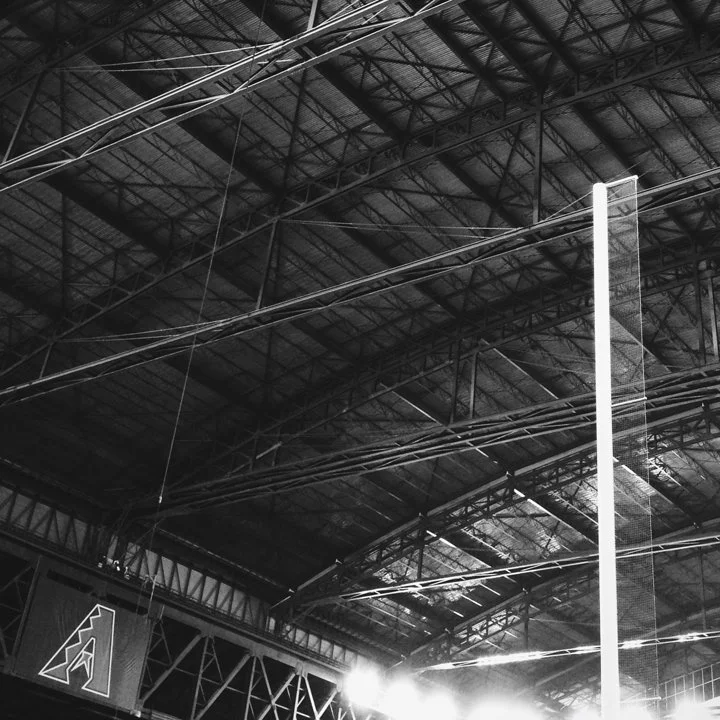The Economics of Loyalty
Recently, while perusing the new releases section in the Tempe Public Library, I stumbled upon George Will’s latest ode to baseball, A Nice Little Place on the North Side: Wrigley Field at One Hundred. Yes, the iconic ivy-laden home of the Cubs opened its doors in 1914—although, for what it’s worth, at the time it was called Weeghman Park and was home to the short-lived Chicago Whales.
If you’re a dyed-in-the-wool baseball fan like me, you’d probably enjoy the book. If you’re not, you probably shouldn’t waste your time. It’s full of odd historical anecdotes and obscure statistics, and Will makes a habit of going down his share of rabbit trails.
For instance, in these pages we learn that the infamous Jack Ruby—the man who assassinated Lee Harvey Oswald, who himself had of course just assassinated John F. Kennedy—was in fact born Jacob Leon Rubenstein, and for a time worked in concessions at Wrigley. On account of some unscrupulous sales tactics, he’d developed a reputation as a hustler. Cubs management, in turn, assigned someone to watch him through binoculars “to make sure they were getting their share of his nefarious sales.”
But I digress. One of the more fascinating parts of the book that is about Wrigley Field is the section about the statistical relationship between the tolerance of a team’s fans for bad baseball and their willingness to continue to attend games.
For the Cubs, interestingly, fans don’t stay away when the team is lousy. In fact, despite the fact that the team is almost always lousy, the stands at Wrigley Field are almost always full. What’s more, tickets to games at The Friendly Confines are among the priciest in baseball.
The D-backs, the home team which I partially adopted as my own after moving here in 2011, have played dismal baseball this year. The season was effectively over on April 29, with a team record of 8-22, a stunningly bad .267 winning percentage. In order to recover and win 90 games, the postseason threshold for the National League last season, the D-backs would have needed to go on to win 82 of their remaining 132 games, for a winning percentage of .621. Instead, they’ve hovered just under .500 in games played since then. This has been good enough to earn the distinction of being the third-worst team in the league, which, while still pretty bad, is a definite improvement over being the very worst.
Truth be told, even though I’ve continued to follow scores and highlights thanks to my trusty MLB AtBat app, I haven’t gone to many games this year. A parade of injuries and a couple of sensible but nonetheless painful trades—in addition to that dismal win-loss record, of course—have left me with fewer and fewer reasons to head down to Chase Field. When I have been there, however, I’ll tell you what I’ve noticed: a lot of empty seats. This despite the fact that a good number of the seats that aren’t empty consist of fans wearing colors other than Sedona red.
This season the D-backs rank #22 out of all 30 teams in attendance, averaging just over 25,000 per game in a stadium that holds twice that many. (For comparison, the hated Dodgers—who currently lead the division and hold the best record in the National League—average nearly 47,000 in home attendance.)
With attendance figures like these, it’s really tough to find angles that make the atmosphere at Chase Field appear festive in photographs. In other words, tens of thousands of empty seats make for depressing Instagrams. So you need to get creative, perhaps by pointing your phone camera heavenward, capturing the sturdy infrastructure of the closed roof, protecting us from the 100-degree-plus night air. Whatever it takes to crop out empty seats.
While reading this book on Wrigley Field, however, I began to wonder whether the empty seats at Chase Field might actually be a good thing; that is, a sign of good things to come.
You see, according to Cubs fans Tobias J. Moskowitz and L. Jon Wertheim, authors of Scorecasting: The Hidden Influences Behind How Sports Are Played and Games Are Won, the reason Cubs owners have consistently fielded bad teams has to do with the fact that regardless of team performance, the fans will consistently show up for games.
This makes perfect sense, in George Will’s analysis, when you consider incentives, “the concept central to all economic reasoning.” All teams clearly have incentives to win, but not all teams have equally strong incentives. Moskowitz and Wertheim found that comparing winning percentages and home field attendance, Cubs attendance “is the least sensitive to performance in all of baseball.” The Yankees and Red Sox, meanwhile, who never stay very bad for long, both have fairly strong attendance sensitivity.
If Moskowitz and Wertheim are right, fans who vote with their feet might not necessarily be bad fans. Rather, could it be that by staying home, D-backs fans are effectively showing team executives that we care about the quality of play on the field, and not merely about stadium amenities and giveaways? I hope that’s the case. We don’t want to go the way of the Expos, after all.
Truth be told, I’ll continue to attend games at Chase Field, year after year, win or lose. I am, after all, a fan of the D-backs and a fan of baseball. But as long as team executives appear content to preside over mediocrity, I’ll continue to limit those visits to a handful per year. The outside chance of a pennant race would alter my priorities considerably, and I suspect a lot of other D-backs fans feel the same way. I really, really hope that Kevin Towers, Tony La Russa, and the other powers that be feel appropriately incentivized.

